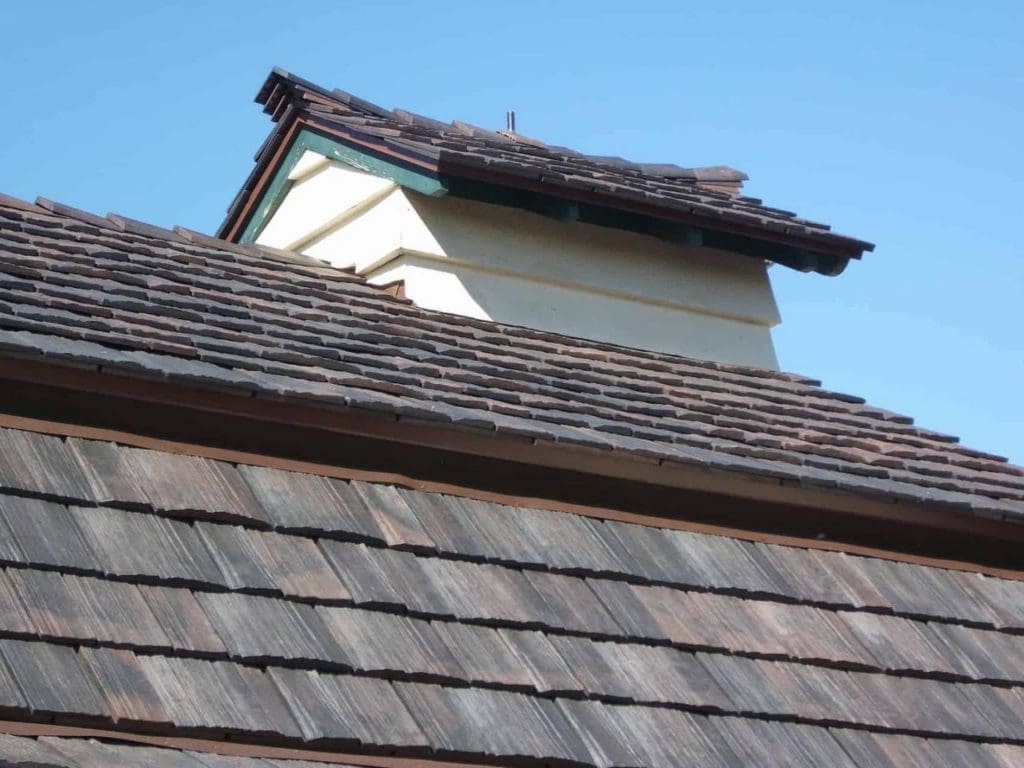

Starting from the bottom of the roof, a single layer of shingles is installed followed by an overlapping layer, and so on to the top or crest of the roof. Regardless of what you call it, these shingles are installed as a flat layer on your roof. In the Pacific Northwest, that extra durability is important. They are about 50 percent heavier than the old asphalt shingles, which helps them stand up to the elements better, even in 60 MPH winds. Architectural shingles can also be known as laminated shingles.Ĭomposition shingles typically last around 25 years, although high-quality composition shingles can last more than 30 years. In some cases, composition shingles are also known as synthetic roofing because of how they are constructed. It can be kind of confusing when researching shingle roofing for your home as the roofing industry has used these terms interchangeably, or even different terminology altogether around the nation. In some cases, composition shingles can also be made to resemble cedar or slate roofing. Where three-tab shingles are uniform (those overlapping three tabs), architectural or dimensional shingles have a variety of profiles or patterns, which add an element of interest to your roof. A composition type of shingle is basically bulked up 3-tab asphalt shingles, using a composition of materials.Īrchitectural shingles refer to the appearance of these composition shingles. For all intents and purposes, however, they are essentially the same thing. You may be wondering if there‘s any difference between composition shingles and architectural shingles. While cedar, slate, and metal are still available, composition architectural shingles are more widely used. With improved manufacturing processes, three-tab asphalt shingles have fallen by the wayside in favor of longer-lasting materials with more design flexibility.

Today, there are a wide variety of roofing materials to choose from. Other materials, such as wood shakes, clay, slate, and others were available but not as widely used. Three-tab asphalt shingles were the mainstay for a long period of time because they were inexpensive and relatively easy to work with. For most of the last century, there weren’t a lot of options for accessible, yet durable, roofing materials.


 0 kommentar(er)
0 kommentar(er)
